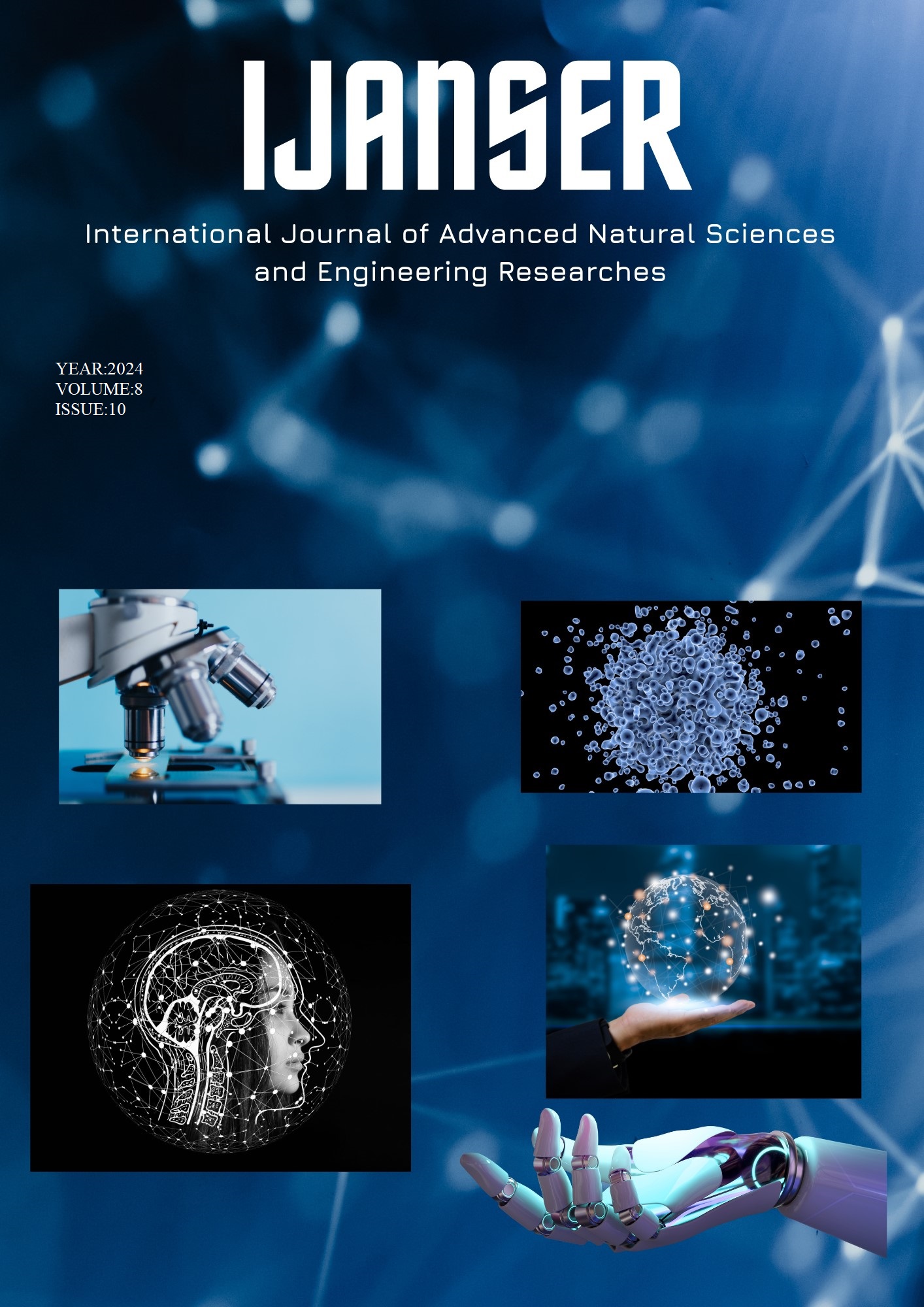IoMT-Driven Non-Invasive Glucose Measurement Using Artificial Neural Networks
Keywords:
Internet of Medical Things (IoMT), IoT, Diabetes Management, Non-Invasive Glucose Monitoring, Artificial Neural Networks (ANN), Smart Healthcare SystemsAbstract
Patients with Type 1 diabetes (diabetes mellitus) must frequently monitor their blood glucose levels to control their condition. This process becomes challenging due to the difficulties and discomfort caused by traditional blood glucose testing. To make this process more convenient and less time consuming, this study presents a non-invasive glucose monitoring system based on the Internet of Medical Things (IoMT) that offers a more user-friendly and painless alternative. The proposed system uses a light sensor connected to an ESP32 microcontroller to collect light intensity data from the user's fingertip. This data is transmitted to a remote server using FastAPI, where it is processed by a machine learning model using artificial neural networks (ANN). By analyzing the relationship between light absorption and glucose concentration, the ANN model estimates glucose levels, eliminating the need for invasive blood tests. This approach offers a pioneering alternative to traditional methods. Initial results demonstrate the system's real time glucose monitoring capability, although challenges such as sensitivity to external factors such as finger pressure are observed. These findings demonstrate the potential of integrating IoT technologies and machine learning to improve diabetes care by enabling more continuous, comfortable, and effective glucose monitoring. The proposed system in this study is a step forward in developing accessible and patient centered tools for diabetes management.
Downloads
References
World Health Organization. (2022). Diabetes [Online]. Retrieved from https://www.who.int/news-room/fact-sheets/detail/diabetes.
Saeedi, P., Petersohn, I., Salpea, P., Malanda, B., Karuranga, S., Unwin, N., ... & IDF Diabetes Atlas Committee. (2019). Global and regional diabetes prevalence estimates for 2019 and projections for 2030 and 2045: Results from the International Diabetes Federation Diabetes Atlas. Diabetes research and clinical practice, 157, 107843.
Reuters. (2024, November 13). More than 800 million adults have diabetes globally, many untreated, study suggests. Reuters. [Online]. https://www.reuters.com/business/healthcare-pharmaceuticals/more-than-800-million-adults-have-diabetes-globally-many-untreated-study-2024-11-13/
Gonder-Frederick, L., Cox, D. J., Pohl, S. L., & Carter, W. (1984). Patient blood glucose monitoring: Use, accuracy, adherence, and impact. Behavioral Medicine Update, 6(1), 12-16.
Cradock, S., and Hawthorn, J. (2002). Pain, distress and blood glucose monitoring. Journal of Diabetes Nursing, 6(6), 188-191.
Diabetes Care Community. (n.d.). Tips for reducing pain with blood glucose monitoring. Diabetes Care Community. [Online]. Retrieved from https://www.diabetescarecommunity.ca/living-well-with-diabetes-articles/ monitoring/monitor ing-blood-glucose/tips-for-reducing-pain-with-blood-glucose-monitoring/
Olczuk, D., & Priefer, R. (2018). A history of continuous glucose monitors (CGMs) in self-monitoring of diabetes mellitus. Diabetes & Metabolic Syndrome: Clinical Research & Reviews, 12(2), 181-187.
Gia, T. N., Ali, M., Dhaou, I. B., Rahmani, A. M., Westerlund, T., Liljeberg, P., & Tenhunen, H. (2017). IoT-based continuous glucose monitoring system: A feasibility study. Procedia Computer Science, 109, 327-334.
Hossain, M. I., Yusof, A. F., & Sadiq, A. S. (2021). Factors influencing adoption model of continuous glucose monitoring devices for internet of things healthcare. Internet of Things, 15, 100353.
Fernández-Caramés, T. M., Froiz-Míguez, I., Blanco-Novoa, O., & Fraga-Lamas, P. (2019). Enabling the internet of mobile crowdsourcing health things: A mobile fog computing, blockchain and IoT based continuous glucose monitoring system for diabetes mellitus research and care. Sensors, 19(15), 3319.
Alarcón-Paredes, A.; Francisco-García, V.; Guzmán-Guzmán, I.P.; Cantillo-Negrete, J.; Cuevas-Valencia, R.E.; Alonso-Silverio, G.A. An IoT-Based Non-Invasive Glucose Level Monitoring System Using Raspberry Pi. Appl. Sci. 2019, 9, 3046. https://doi.org/10.3390/app9153046
Valero, M.; Pola, P.; Falaiye, O.; Ingram, K.; Zhao, L.; Shahriar, H.; Ahamed, S.I. Development of a Non-Invasive Blood Glucose Monitoring System Prototype: Pilot Study. JMIR Formative Research 2022, 6. https://doi.org/10.2196/38664





